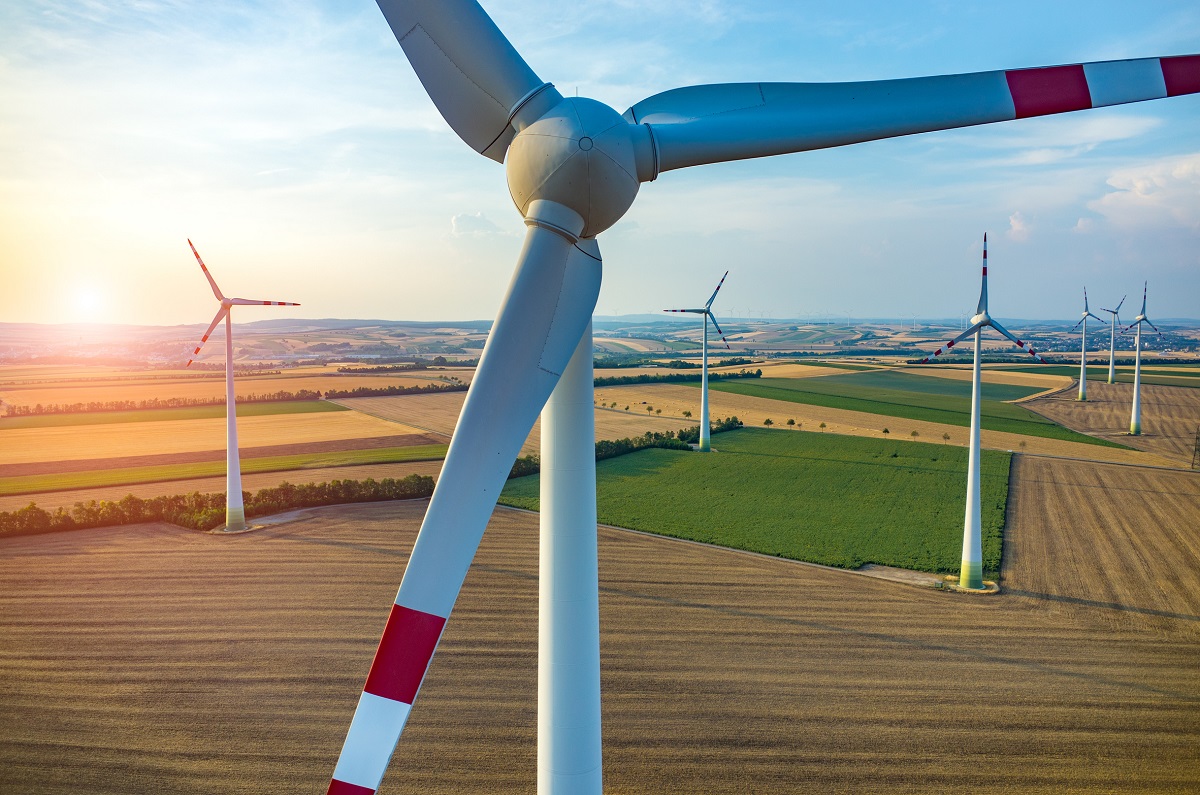27.01.2021
Threat of downward spiral for onshore wind power

Due to the fact that the current auctions for onshore wind power were undersubscribed there is a risk of a continuous reduction in the annually tendered subsidy volume.
The goal of the so-called Energiewende is clearly formulated: Germany wants to become largely greenhouse gas neutral by 2050. By 2038 at the latest, there is to be no more electricity from coal. A decisive role in achieving these goals is attributed to the efficient and market-oriented development of renewable energies. According to the 2030 Climate Protection Programme, 65 percent of gross electricity consumption is to be covered by renewable energies by 2030.
In its 2030 Climate Protection Programme, the German Government is aiming for a target model for the expansion of renewable energies, according to which onshore wind turbines with a capacity of 67,000 to 71,000 MW are to be installed in 2030. Onshore wind power is expected to generate 140 to 145 TWh, almost twice as much electricity as offshore wind power.
Since 2017, funding for the generation of electricity from onshore wind turbines has required participation in a tender by way of a competitive auction conducted by the Federal Network Agency (BNetzA). The auctions take place each year for the bidding dates of 1 February, 1 May and 1 September.
The tender volume is predetermined by law for each year and is to be distributed evenly over each of the tender dates. The tender volume is to be understood as the sum of the capacity to be installed for which a payment claim under the German Renewable Energy Sources Act (Eneuerbare-Energien-Gesetz, EEG) can be acquired by a bidder.
Due to a shortage of approved projects, the tender round ending February 1 is heavily undersubscribed. According to the Market Master Data Register of the Federal Network Agency, the total capacity of the plants approved and admitted to the auction on 1 February is only 750 MW and thus only half of the tender volume of 1500 MW.
The signing of the current bid will affect the next bid date scheduled for 1 May. This is provided for by a mechanism newly included in the EEG with effect from 1 January 2021: Pursuant to Section 28 (6) EEG 2021, the Federal Network Agency has an obligation to reduce the tender volume of a bid date if it is to be expected that the tendered volume will be greater than the submitted bid volume (risk of being undersubscribed). This is the case in the current bidding round, so that the Federal Network Agency will reduce the bidding volume for the deadline of 1 May.
The purpose of the curtailment mechanism is to maintain price competition even when rounds are undersubscribed. In fact, however, this mechanism could lead to an undesirable development. The reduction in bidding volumes is likely to set in motion a downward spiral and cause the number of bids to plummet if future bidding rounds continue to be undersubscribed.
The EEG 2021 does provide for a catch-up of the tender quantities in the third year after the reduction in line with the deficit incurred. However, it is uncertain whether this will actually make up for the current trend.
Dr Gernot-Rüdiger Engel: "In the Climate Protection Programme 2030, the Federal Government has urged that obstacles to the expansion of onshore wind energy be removed, particularly in the field of planning and approval of turbines. This highlights the necessity of all measures ensuring sufficient competition. However, the fact that the current tender is undersubscribed and it is to be expected that the tender volume will be reduced, will most probably lead to a downward spiral in supply and will severely hamper competition."
Ekkehard Hübel: “The threat of a reduction in wind power volume will reinforce the negative trend in wind power expansion that has been in place since 2018. The question therefore arises whether the ambitious plans of the Federal Government in connection with the expansion of renewable energies can be fulfilled."

Dr Gernot-Rüdiger Engel
Partner
Hamburg
gernot.engel@luther-lawfirm.com
+49 40 18067 16639

Ekkehard Hübel
Counsel
Hamburg
ekkehard.huebel@luther-lawfirm.com
+49 40 18067 21848